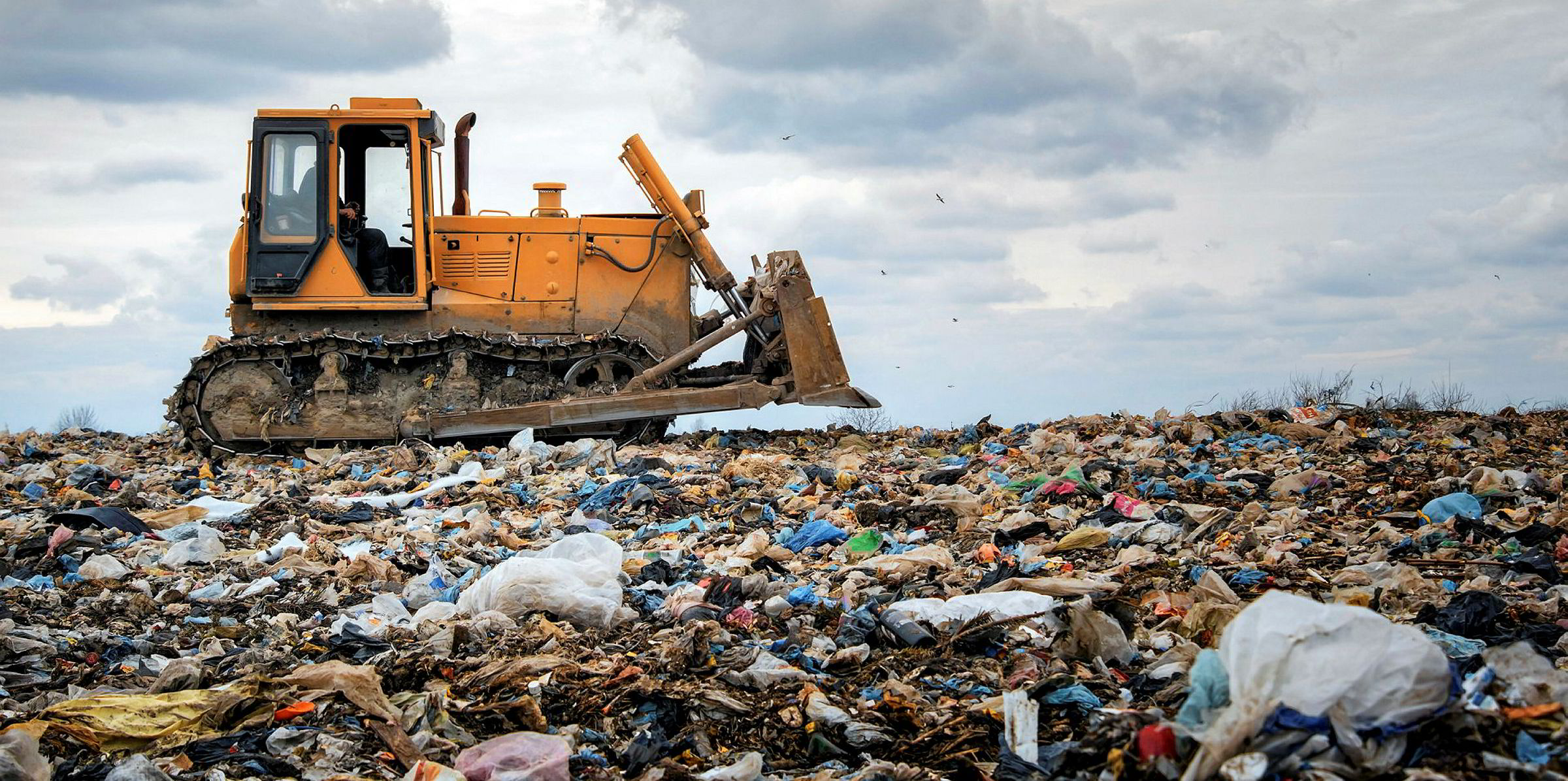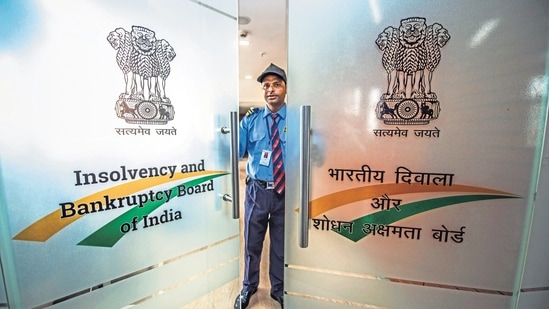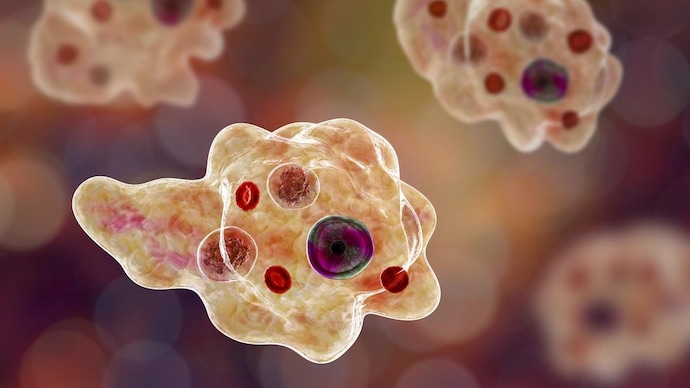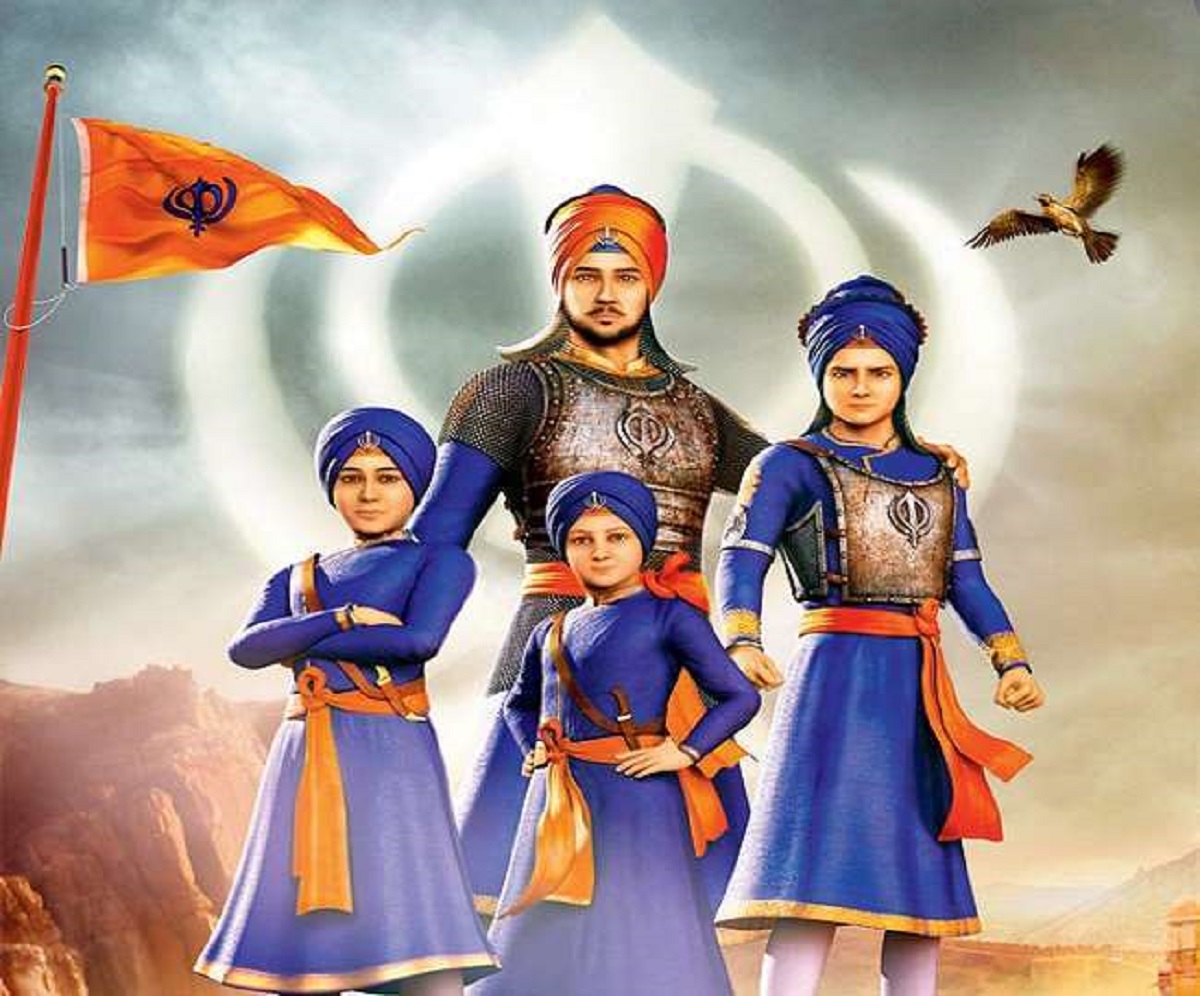
- The Union Government introduced the Jan Vishwas Bill, 2022, (Bill) in Parliament last week with the goal of “decriminalizing” 183 offenses across 42 statutes and improving the ease of living and doing business in India.
- The Jan Vishwas (Amendment of Provisions) Bill, 2022 sought to amend 42 Acts in order to reduce the compliance burden on individuals and businesses while also ensuring ease of doing business.
- The Bill amends several Acts, including the Indian Post Office Act of 1898, the Environment (Protection) Act of 1986, the Public Liability Insurance Act of 1991, and the Information Technology Act of 2000.
Key provisions
(1) Replacing imprisonment with a monetary penalty
- Under the Bill, several offenses with an imprisonment term in certain Acts are decriminalized by imposing only a monetary penalty. For example, under the Agricultural Produce (Grading and Marking) Act, 1937, counterfeiting grade designation marks is punishable by imprisonment for up to three years and a fine of up to five thousand rupees. The Bill replaces this with an eight lakh rupee fine.
- According to the Information Technology Act of 2000, disclosing personal information in violation of a lawful contract is punishable by up to three years in prison or a fine of up to five lakh rupees, or both. This is replaced by a fine of up to 25 lakh rupees under the Bill.
- A person who sells a falsely represented article as patented in India is subject to a fine of up to one lakh rupees under the Patents Act, 1970. The fine is replaced by a penalty of up to ten lakh rupees under the Bill. In the event of a continuing claim, an additional penalty of one thousand rupees per day will be imposed.
(2) Penalty and fine revision
- The Bill increases the fines and penalties for various offenses under the specified Acts.
- Furthermore, every three years, these fines and penalties will be increased by 10% of the minimum amount.
- It is a positive step that can be interpreted as an attempt to reverse the trend of overcriminalization. However, much work remains to be done in order to institutionalize decriminalization efforts.
Why was this legislation introduced?
- An increase in criminal cases: Scholars of law have long been concerned about the unprincipled expansion of criminal law.
- Political motivations: Criminalization is frequently used by governments to project a strong image rather than to punish wrongdoing.
- Overcriminalization: Governments provide few justifications to support such decisions. Scholars have coined the term “overcriminalisation” to describe this phenomenon.
- Increased judicial burden: According to the National Judicial Data Grid, nearly 3.2 crore of the 4.3 crore pending cases are criminal proceedings.
- Prison overcrowding: Similarly, the increase in the prison population demonstrates this. According to the NCRB’s 2021 Prison Statistics, a total of 5.54 lakh prisoners were confined in prisons, with a capacity of 4.25 lakh.
Scope of the Bill
- Deterrence cannot be created by hefty fines: The Jan Vishwas Bill either eliminates or replaces criminal provisions with fines in legislation. These are primarily regulatory in nature offences.
- Quasi-decriminalization: An examination of the Bill’s provisions reveals that the emphasis has been on the replacement of imprisonment clauses with fines. This can hardly be termed as ‘decriminalization’.
- Decriminalization in the true sense
- Much work is required for decriminalization efforts to bear fruit in any meaningful way.
(1) Fine stigma to create deterrence
- In his seminal essay, ‘Is Criminal Law a Lost Cause?’ Mr. Andrew Ashworth distinguishes between regulatory and penal offenses, exemplified by the functional distinction between a tax and a fine.
- A tax’s primary purpose is regulatory, whereas a fine carries an element of censure and stigma.
(2) Disentangling minor economic offenses from overcriminalization
- Second, according to the Observer Research Foundation’s report Jailed for Doing Business, there are more than 26,134 imprisonment clauses in a total of 843 economic legislations, rules, and regulations in India that seek to regulate businesses and economic activities.
- In this light, the number of offenses deregulated by the Bill appears to be a drop in the ocean of India’s regulatory framework.
(3) Potential ‘ decriminalization’ of regulatory offenses
- This must be prioritized not only for the sake of ease of doing business but also for the sake of the ills that plague our criminal justice system itself.
- Decriminalization of several penal offenses, including sedition, offenses under the NDPS Act and UAPA Acts, triple talaq, and anti-conversion laws, is being debated.
- There is an urgent need to conduct a principled assessment of these offenses.
@the end
- The Bill’s intent is simply to ensure that fines replace imprisonment for as many offenses as possible.
- However, the extent to which it succeeds in ‘decriminalizing’ offenses is debatable.
- If these flaws are to be corrected, a more comprehensive exercise must be conducted, and the government must prioritize the needs and requirements of the criminal justice system.
- Nonetheless, this legislation is a positive step in every way.
Source: https://www.thehindu.com/news/national/goyal-introduces-bill-to-decriminalise-minor-offences-to-promote-ease-of-doing-business/article66292758.ece









